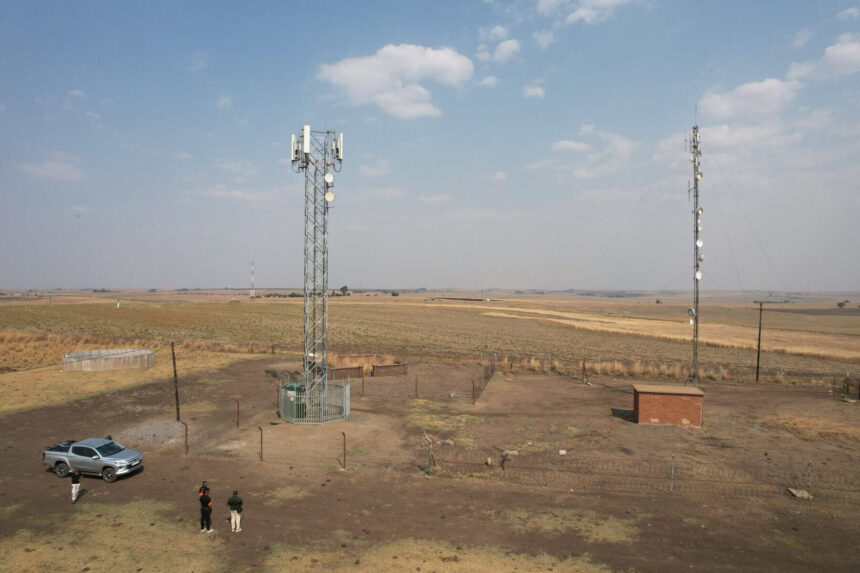Addressing Connectivity Challenges in Rural South Africa
South African smartphone users in rural areas experience a significant gap in internet connectivity compared to urban areas, with a 14.4% slower average download speed and a 29.2% slower upload speed. This disparity highlights the urgent need to improve connectivity infrastructure in rural communities.
While projects like Starlink offer promise for enhancing rural connectivity, there are concerns within the local industry about potential job losses and the impact on existing companies. Instead of relying solely on external solutions, industry players emphasize the importance of addressing bureaucratic red tape that hinders the speedy deployment of connectivity infrastructure.
The main challenge lies in the lengthy permitting processes required to set up network infrastructure in rural areas. Delays in obtaining permits from municipalities and other government entities can prolong the deployment of essential infrastructure, leaving rural communities underserved and frustrated.
Overcoming Permitting Obstacles
The cumbersome permit application process often involves multiple layers of approval from various government departments and entities. From the Civil Aviation Authority to municipal planning authorities, each step in the process can add significant delays to the deployment of connectivity infrastructure.
Issues such as critical staffing shortages in smaller municipalities, interdepartmental coordination challenges, and changing regulatory requirements further complicate the process. These bureaucratic hurdles not only slow down infrastructure deployment but also increase costs for operators and create frustration among communities eagerly awaiting improved connectivity.
One of the key solutions to bridging the connectivity gap lies in streamlining permit processes, establishing clearer timelines, enhancing communication between departments, and fostering proactive collaboration across sectors. By prioritizing the urgent need for connectivity in rural South Africa, stakeholders can work together to ensure that infrastructure deployment is efficient and effective.
The Role of Starlink and Foreign Ventures
While projects like Starlink offer potential benefits for enhancing connectivity, concerns have been raised about the long-term impact on local industries and job security. Political commentator Pule Monama warns against the uncritical importation of foreign technologies like Starlink, emphasizing the importance of ensuring that local workers are empowered and skilled to contribute to the country’s technological advancement.
Ultimately, closing the digital divide in South Africa requires a holistic approach that combines external solutions like Starlink with local efforts to improve connectivity infrastructure. By addressing bureaucratic red tape, streamlining permit processes, and fostering collaboration between industry players and government entities, South Africa can work towards ensuring that all communities have access to reliable and high-speed internet connectivity.








